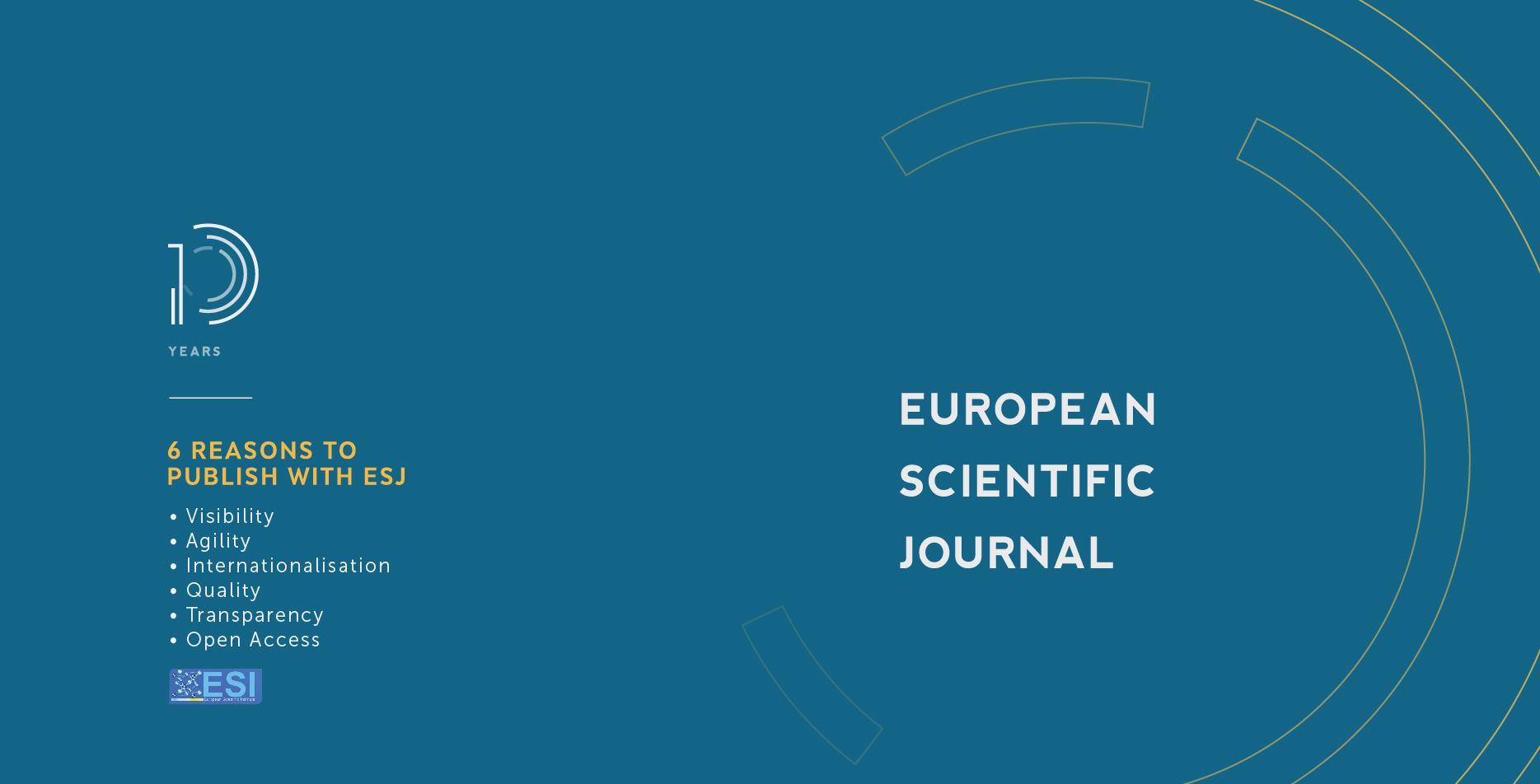Enquête Ethnobotanique Des Plantes Utilisées Pour La Protection Cutanée Des Personnes Atteintes D’albinisme Dans Le District De Bamako (Mali) Et Analyse Qualitative De Bixa Orellana L. (Bixaceae)
Abstract
Objectif : Cette étude avait pour objectif de recenser les plantes médicinales utilisées pour la protection cutanée des personnes atteintes d’albinisme, dans le district de Bamako (Mali). Matériel et méthodes : A l’aide d’un questionnaire, des informations ont été collectées auprès des membres d’a associations des personnes atteintes d’albinisme. Les plantes les plus citées ont été soumis à une revue bibliographique. Les constituants chimiques et antiradicalaires des graines de Bixa orellana ont été déterminés par les caractérisations en tubes et par la chromatographie sur couche mince. Résultats : Au total, Dix-neuf (19) plantes médicinales ont été recensées auprès de 75 personnes atteintes d’albinisme et sont principalement utilisées dans la protection cutanée. Les plantes les plus fréquemment citées ont été Khaya senegalensis (12 citations), Guiera senegalensis (10 citations), Bixa orellana (8 citations) et Vitellaria paradoxa (5 citations). Les caroténoïdes, les mucilages, les stérols, les triterpènes et les substances antiradicalaires ont été caractérisés dans les extraits des graines de Bixa orellana. Conclusion : Ces extraits peuvent servir à la formulation de produits qui vont contribuer à la photoprotection, l’hydratation et la protection cutanée des personnes atteintes d’albinisme.
Objective: The objective of this study was to identify medicinal plants used for the skin protection of people with albinism, in the district of Bamako (Mali). Material and methods: Information was collected from members of associations of people with albinism using a questionnaire. The most cited plants were subjected to a bibliographic review. The chemical and anti-free radical components of Bixa orellana seeds were determined by color reactions and by thin layer chromatography. Results: In total, nineteen (19) medicinal plants were identified among 75 people with albinism and are mainly used in skin protection. The most frequently mentioned plants were Khaya senegalensis (12 citations), Guiera senegalensis (10), Bixa orellana (8) and Vitellaria paradoxa (5). Carotenoids, mucilages, sterols, triterpenes and antifree radicals components have been characterized in extracts from the seeds of Bixa orellana. Conclusion: These extracts can be used to formulate products that will contribute to photoprotection, hydration and skin protection for people with albinism.
Downloads
Metrics
PlumX Statistics
Copyright (c) 2020 Haidara Mahamane, Amani Corina Ardine, Mariko Aïchata Ben Adam, Gassama Mamadou, Traore Mahamadou, Sanogo Rokia

This work is licensed under a Creative Commons Attribution-NonCommercial-NoDerivatives 4.0 International License.








